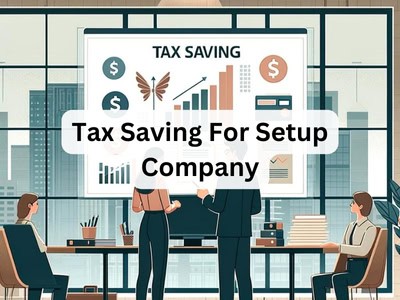This post is also available in:
简体中文 (Chinese (Simplified))
Tax Saving For Setup Company | Private Limited Companies

| Chargeable Income |
Rate | Gross Tax Payable | |
| $ | (%) | $ | |
| On the first | 20,000 | 0 | 0 |
| On the next | 10,000 | 2.0 | 200 |
| On the first | 30,000 | 200 | |
| On the next | 10,000 | 3.5 | 350 |
| On the first | 40,000 | 550 | |
| On the next | 40,000 | 7.0 | 2,800 |
| On the first | 80,000 | 3,350 | |
| On the next | 40,000 | 11.5 | 4,600 |
| On the first | 120,000 | 7,950 | |
| On the next | 40,000 | 15 | 6,000 |
| On the first | 160,000 | 13,950 | |
| On the next | 40,000 | 18 | 7,200 |
| On the first | 200,000 | 21,150 | |
| On the next | 40,000 | 19 | 7,600 |
| On the first | 240,000 | 28,750 | |
| On the next | 40,000 | 19.5 | 7,800 |
| On the first | 280,000 | 36,550 | |
| On the next | 40,000 | 20 | 8,000 |
| On the first | 320,000 | 44,550 | |
| On the next | 180,000 | 22 | 39,600 |
| On the first | 500,000 | 84,150 | |
| On the next | 500,000 | 23 | 115,000 |
| On the first | 1,000,000 | 199,150 | |
| On the next | 1,000,000 | 24 |
By registering your business as a private limited company (PLC) and setting up a private limited company in Singapore, the company is entitled to:
- Tax Exemption for New Start-up Companies: Newly established Singapore incorporated companies are entitled to new start-up tax exemption in their first three years of assessments.
- the first S$100,000 is exempted at 75%
- the next S$100,000 is exempted at 50%
- Partial Tax Exemption: All existing Singapore incorporated companies may claim partial tax exemption on their profits yearly.
- the first S$10,000 is exempted at 75%
- the next S$190,000 exempted at 50%
Comparison of the tax savings of a private limited company over a sole proprietor:
To provide a conservative illustration, let us consider a chargeable income of S$320,000. Based on the personal income tax rates above, the tax payable amounts to S$44,550. We will now compare this with the corporate tax payable under the relevant exemptions to highlight the potential tax savings.
COMPANY TAX – under tax exemption for new start-up companies
You may refer to IRAS website for the qualifying criteria for new start-up tax exemption
| Exemption | Chargeable income | Rate | Gross tax payable |
| $ | % | $ | |
| 75% on first $100,000 | 100,000 | 4.25 | 4,250 |
| 50% on next $100,000 | 100,000 | 8.5 | 8,500 |
| 0% on next $120,000 | 120,000 | 17 | 20,400 |
| 320,000 | 33,150 |
Tax savings: $44,550 (under personal tax) – $33,150 (under company tax) = $11,400
COMPANY TAX – under partial tax exemption
| Exemption | Chargeable income | Rate | Gross tax payable |
| $ | % | $ | |
| 75% on first $10,000 | 10,000 | 4.25 | 425 |
| 50% on next $190,000 | 190,000 | 8.5 | 16,150 |
| 0% on next $120,000 | 120,000 | 17 | 20,400 |
| 320,000 | 36,975 |
Tax savings: $44,550 (under personal tax) – $36,975 (under company tax) = $7,575
3E Accounting Pte Ltd can help to incorporate your new business as a private limited company and thus claim a tax exemption on your trade profits. We can provide tax advice on commencement of business activities and describe how to maximise the year of assessment during the first three years where tax exemptions are available to newly incorporated companies through effective tax planning.
[/vc_column_text][/vc_column][/vc_row]


